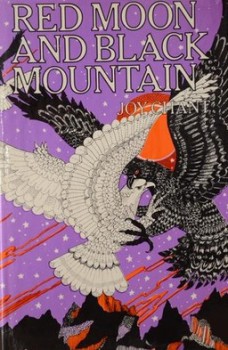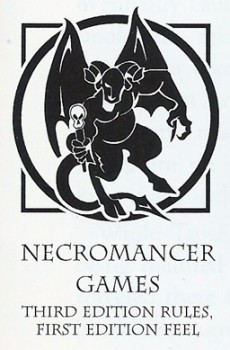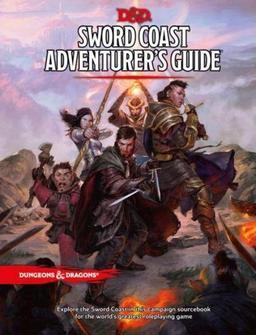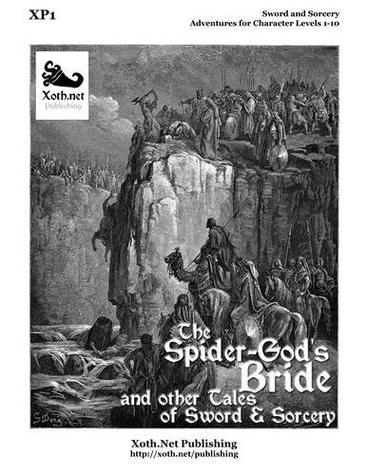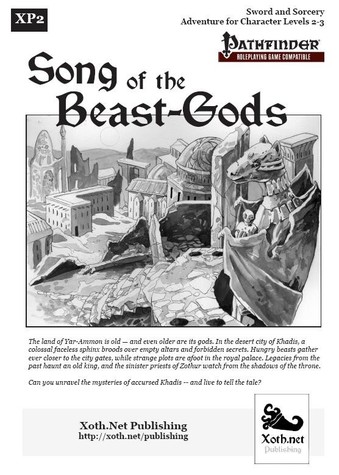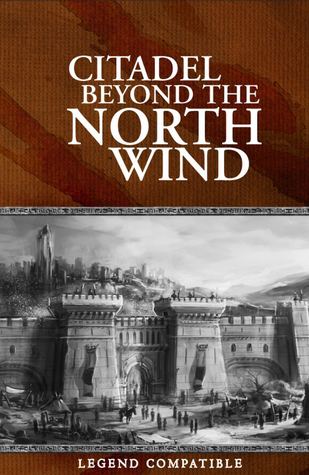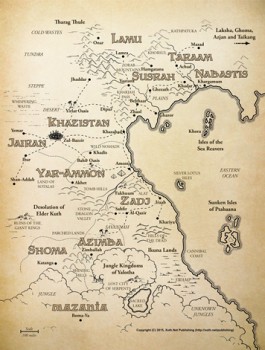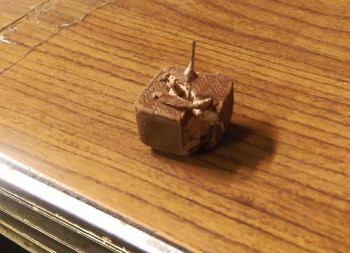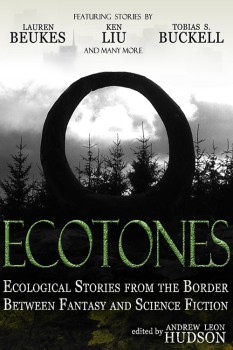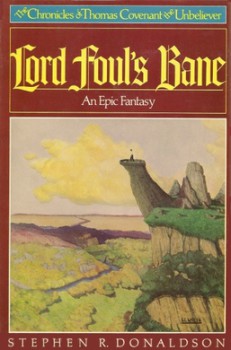Discovering Robert E. Howard: David C. Smith on Bran Mak Morn
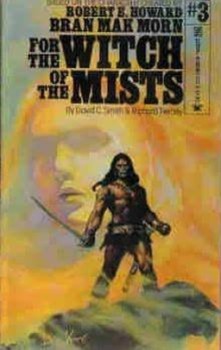 I discovered Oron before I first read a Conan tale. It was pretty much my introduction to barbarians in the world of fantasy. Author David C. Smith co-wrote the Red Sonja and Bran Mak Morn books with Richard Tierney. It’s safe to say that he knows his Howard. And about barbarians. So it’s natural that our ‘Discovering Robert E. Howard’ series turned to Dave to talk about Bran Mak Morn. “Worms of the Earth” was one of the first non-Conan stories I read from REH. Wow. Read on for Dave’s take on yet another topic for the series.
I discovered Oron before I first read a Conan tale. It was pretty much my introduction to barbarians in the world of fantasy. Author David C. Smith co-wrote the Red Sonja and Bran Mak Morn books with Richard Tierney. It’s safe to say that he knows his Howard. And about barbarians. So it’s natural that our ‘Discovering Robert E. Howard’ series turned to Dave to talk about Bran Mak Morn. “Worms of the Earth” was one of the first non-Conan stories I read from REH. Wow. Read on for Dave’s take on yet another topic for the series.
I was around 14 or 15 years old when I discovered the Hyborian. So now what will become of us, without barbarians. Those men were one sort of resolution.
— “Waiting for the Barbarians” (1897-1908) Constantine Cavafy
Howard knew the truth of these lines by Cavafy, just as South African author J. M. Coetzee did in his acclaimed novel of the same title. What do the barbarians bring to societies that are past their glory, that are overripe, living softly, in decline? What do the barbarians bring to societies whose citizens exist with each day the same as the day before, overripe citizens living softly?
These citizens have become soft while standing on the backs of those they kept down, slaves and serfs, and those they have conquered or coerced — the barbarians. When at last the barbarians turn on the overripe soft ones who keep them down, it is indeed one sort of resolution.

